Step-by-Step Onboarding
Purchasing a home treadmill can be an exciting step towards achieving your fitness goals. Ensure that the power outlet is functioning.
- Treadmill Won’t Start: Check the power connection and ensure the safety key is attached. It should have a good grip and be adequately lubricated for optimal performance.
- Deck: The deck supports the belt and absorbs impact.
Moreover, here’s how it typically works:
- Unboxing and Assembly: Most treadmills come in a box that requires assembly. Users can then power it on using the console button.
- User Profile Setup: Many advanced treadmills allow users to create profiles. Ensure the power cord is not damaged.
- Initial Setup: Turn on the treadmill and set up your user profile. It may also require recalibration.
Summary Flowchart
To summarize the operation of a home treadmill, here’s a simple flowchart:
- Start: Plug in the treadmill and insert the safety key.
- Assembly Complete? If yes, proceed to the console setup. It should be away from direct sunlight and moisture.
- Power Connection: Plug the treadmill into a grounded outlet.
Another important aspect is that in this article, we will delve into the inner workings of a commercial treadmill, breaking it down into manageable sections to help you understand its functionality, technology, and maintenance. By following the onboarding steps, leveraging the underlying technology, knowing your inputs and outputs, and being aware of troubleshooting tips, you can ensure a smooth and effective workout experience. Here’s a breakdown of user inputs and outputs:
User Inputs
- Speed Adjustment: Users can increase or decrease the speed using buttons on the console or touch screen.
- Incline Settings: Adjust the incline according to your workout plan, which can be done manually or automatically.
- Program Selection: Choose from pre-set workout programs designed for different fitness levels and goals.
- Heart Rate Monitoring: Many treadmills come with heart rate sensors. Most treadmills allow you to input your age, weight, and fitness goals.
- Familiarization: Spend some time getting to know the control panel, including speed and incline adjustments.
Behind-the-Scenes Technology
Treadmills may seem straightforward, but they are equipped with advanced technology that enhances your workout experience. Check for tripped circuit breakers.
- Unresponsive Controls: If the control panel is not responding, try resetting the machine by unplugging it for a few minutes.
- Noise Issues: If you hear unusual noises, it could indicate loose parts or worn-out components. But have you ever wondered how these machines actually work?
Here’s a closer look at the essential components: best commercial treadmill for home use treadmill home top rated home treadmills
- Motor: The motor powers the belt and determines the speed of your workout. Here’s a step-by-step guide:
- Unboxing and Setup: Carefully remove the treadmill from its packaging and set it up in a designated area. Happy running!
Consult the manual for the calibration process specific to your model.
- Unusual Noises: If you hear grinding or squeaking, it may indicate that parts need lubrication or adjustment. Check the owner’s manual for guidance on maintaining the belt and deck.
- Console Malfunctions: If the console is unresponsive, try resetting the treadmill by unplugging it for a few minutes and then reconnecting it.
- Unboxing and Setup: Carefully remove the treadmill from its packaging and set it up in a designated area. Happy running!
Summary Flowchart
To help visualize the workings of a treadmill, here is a simple flowchart summarizing the process:
- Start
- Plug in the treadmill
- Insert safety key
- Choose user profile
- Input Settings
- Select speed and incline
- Choose workout program
- Workout Execution
- Monitor performance metrics
- Adjust settings as needed
- End Workout
- Review workout summary
- Perform maintenance if necessary
- Finish
In conclusion, understanding how a treadmill works can greatly enhance your home workout experience.
- Motor: The motor powers the belt and determines the speed of your workout. Here’s a step-by-step guide:
